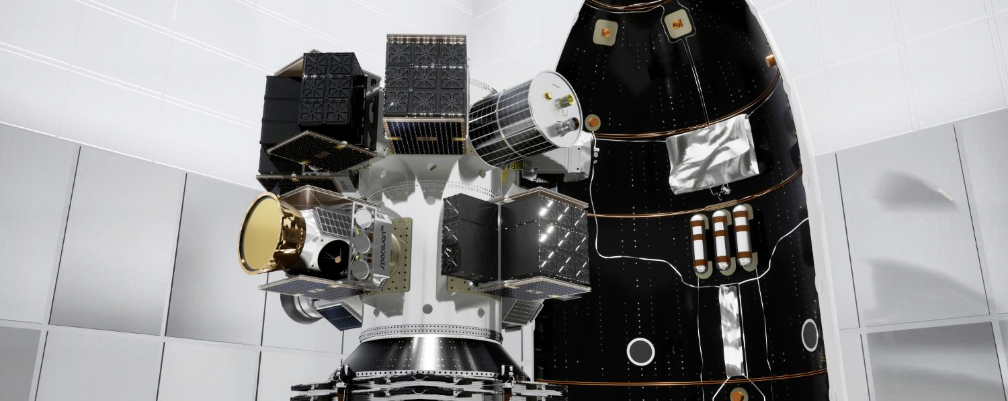

Synspective Inc. has contracted for a “demonstration project for expanding the use of small SAR satellite constellations” led by Japan’s National Space Policy Secretariat of the Cabinet Office.
In recent years, in the field of remote sensing satellites, there has become an increasing need for smallsat constellations that enable high-frequency imaging — in particular, SAR satellites (radar satellites) that are capable of making observations at night and in any weather conditions. Such smallsats are expected to be used in various fields, such as disaster management, marine monitoring, security, and national land management.
These smallsats have been considered desirable for government agencies; however, at present, the number of satellites is still small in number and it is necessary to build a large number of constellations to meet the demand for timely imaging. In addition, the effectiveness, feasibility and issues of the small SAR satellite constellation have to be to be properly evaluated.
In order to expand the full-scale use of SAR data in domestic ministries and agencies, the National Space Policy Secretariat of the Cabinet Office will lead a project to test small SAR satellite constellations in various administrative fields, and organize and evaluate their effectiveness, feasibility, and issues at an early stage. Furthermore, the project will conduct usage verification in the administrative field for potential usage needs, verify and evaluate effectiveness and feasibility, and sort out any issues that need improvement. Based on the results, Synspective will identify the best approaches for full-scale use in each ministry of the Japanese government to promote future use expansion.
Synspective will set the demonstration theme, carry out the use demonstration with the firm’s small SAR satellite constellation, summarize the results, and report them to the authorities.
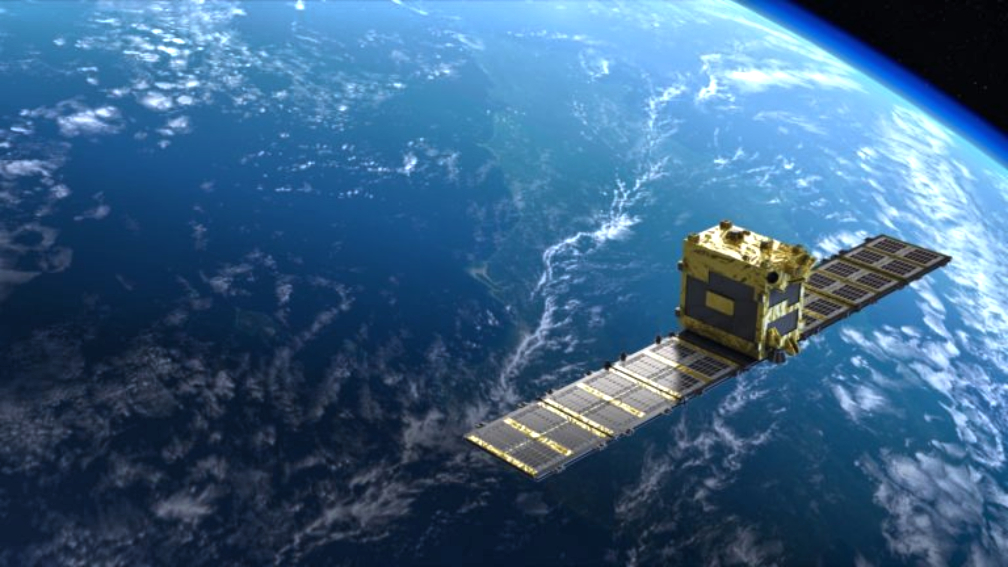
The demonstration theme is eight fields in total that include disaster response, infrastructure management and energy. For the demonstration, the company will use their StriX-a smallsat that is currently in operation, StriX-ß that is on-orbit since March of this year) and StriX-1 that is scheduled to be launched within the year.
The company is planning to capture land displacement caused by the river flooding due to heavy rain, earthquakes and landslides. Also to be demonstrated are evaluation and monitoring methods for various infrastructures as well as technical methods that contribute to the promotion of offshore wind energy over a wide-area and highly accurate wind measurement. After conducting use demonstrations in each ministry, Synspective will evaluate the effects on improving operational efficiency and quality and formulate a concrete plan for actual use.
Dr. Motoyuki Arai, Synspective Founder and CEO, said, “Synspective sees this project as a new government-led challenge in Japan, which is in need of sustainable economic development to withstand various disasters. By launching and operating two satellites since its establishment in 2018, Synspective has finally entered the stage of promoting customers’ value creation in their decision-making and business opportunities. Synspective is a leading company for the realization of a sustainable society using satellite data, and we are strongly committed to expanding our contributions from this project to the private sector and to the world.”





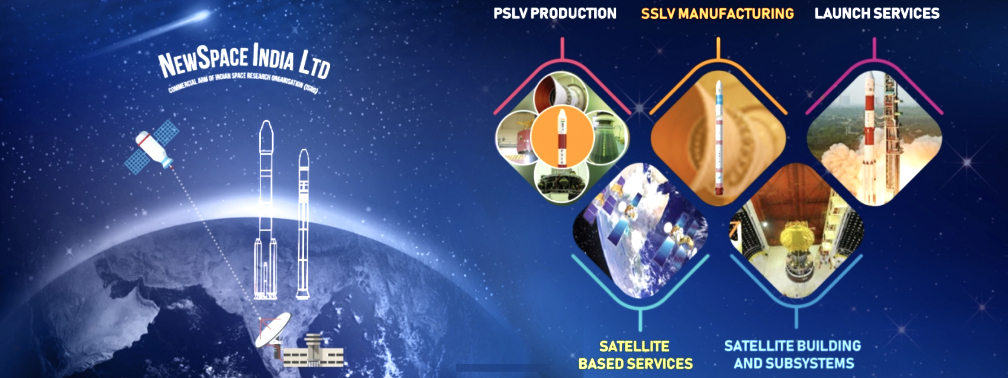
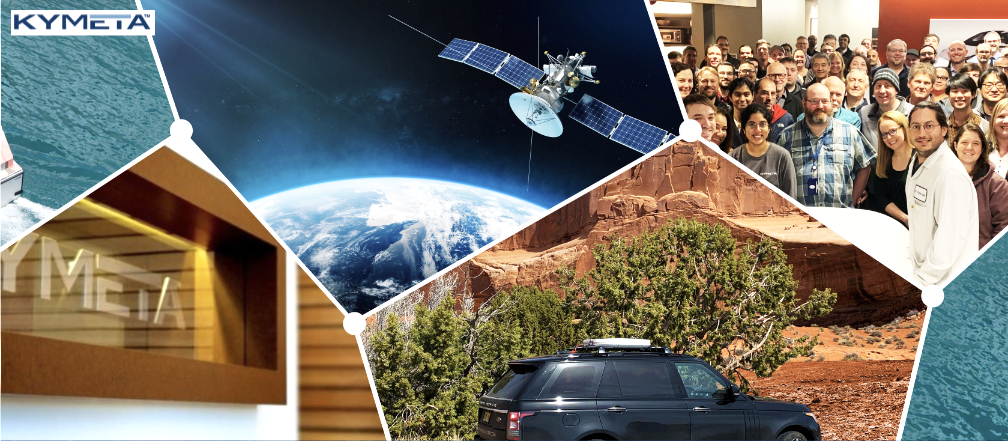


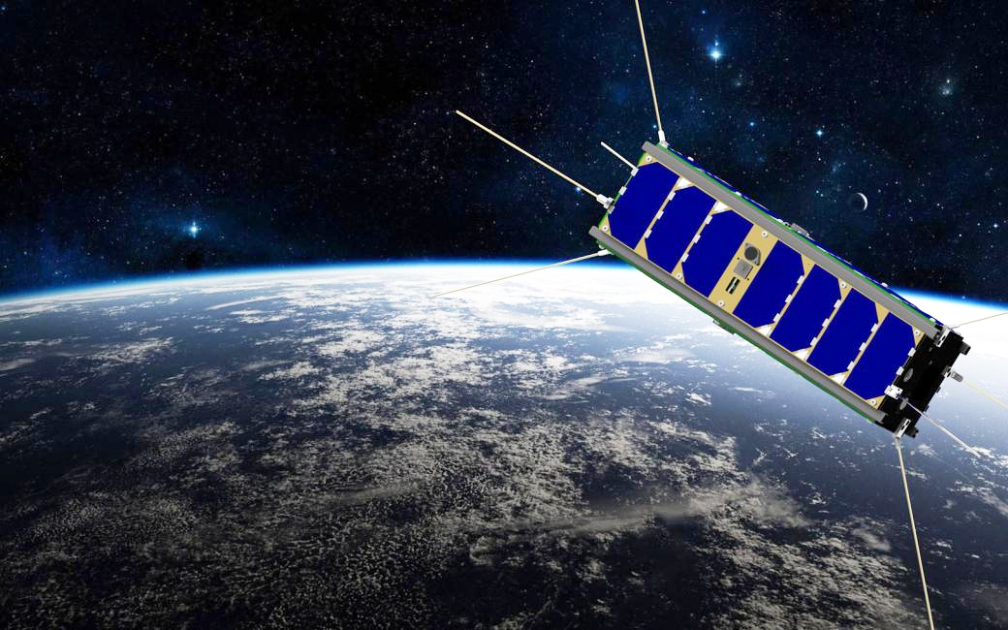
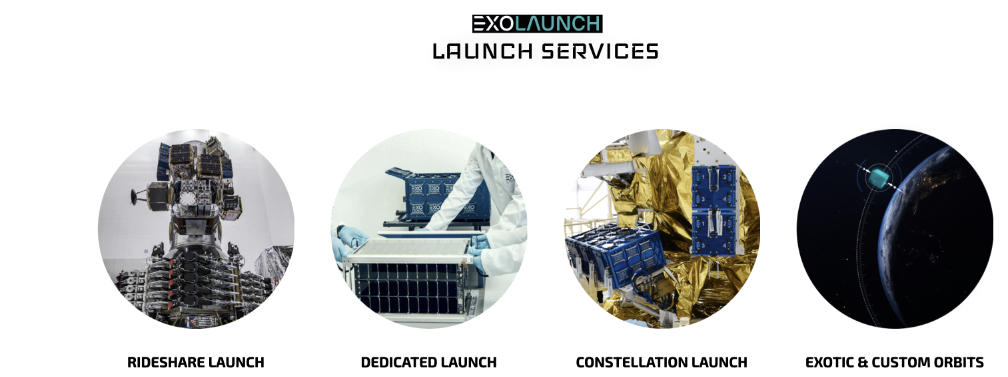
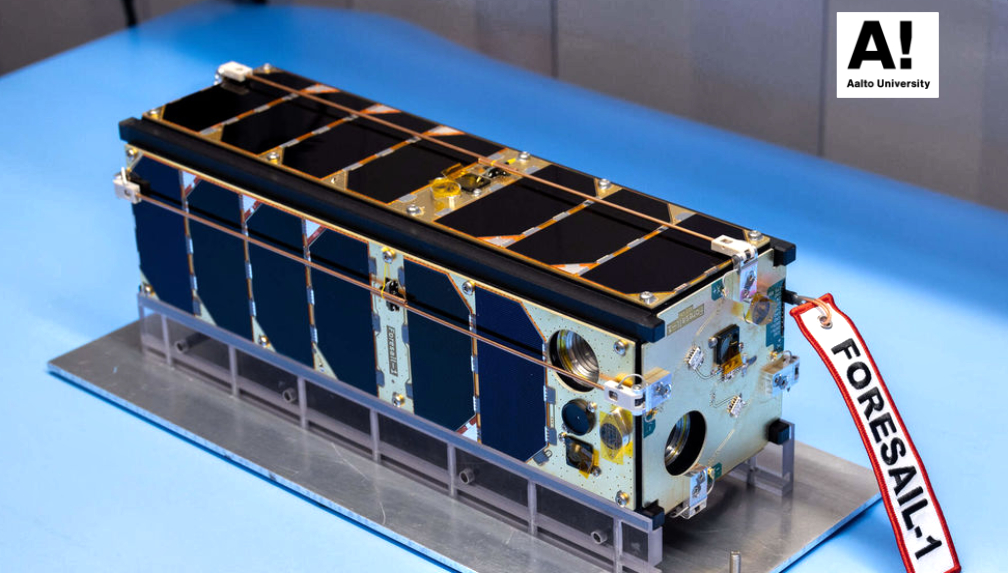
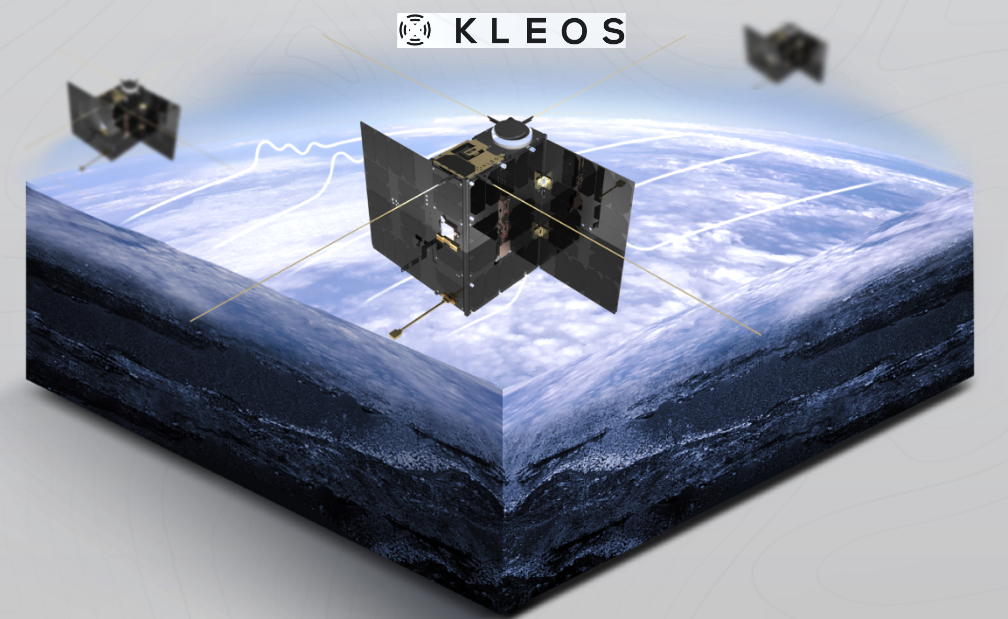
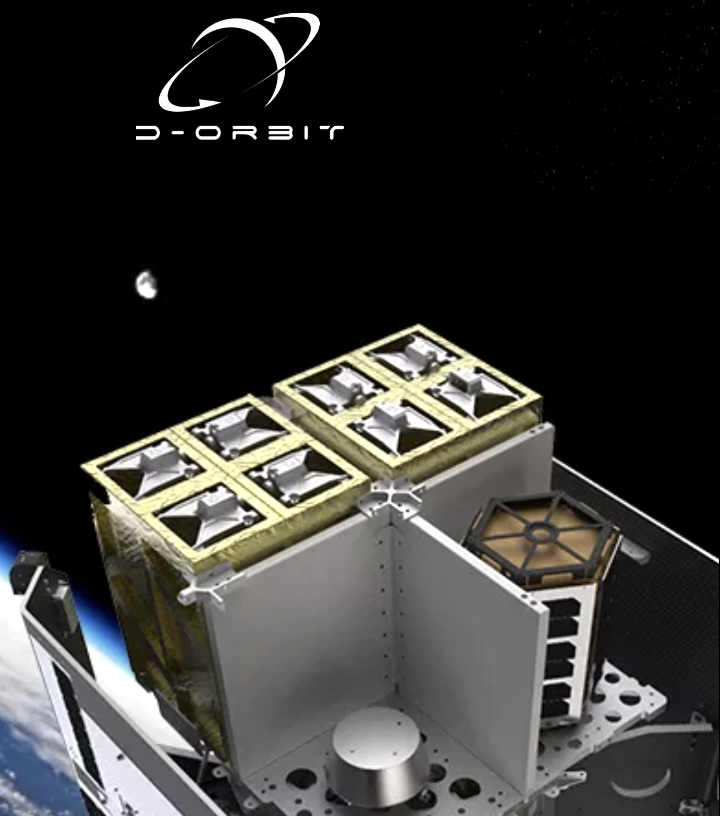
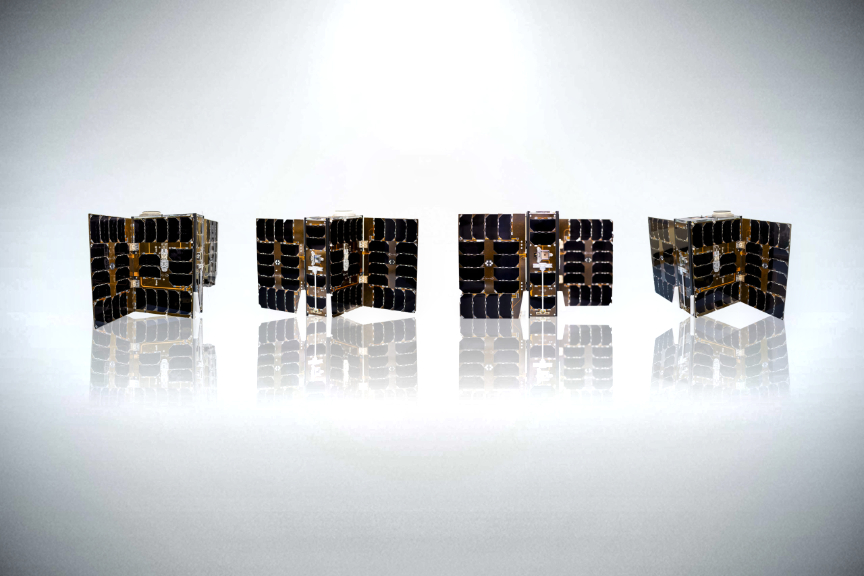

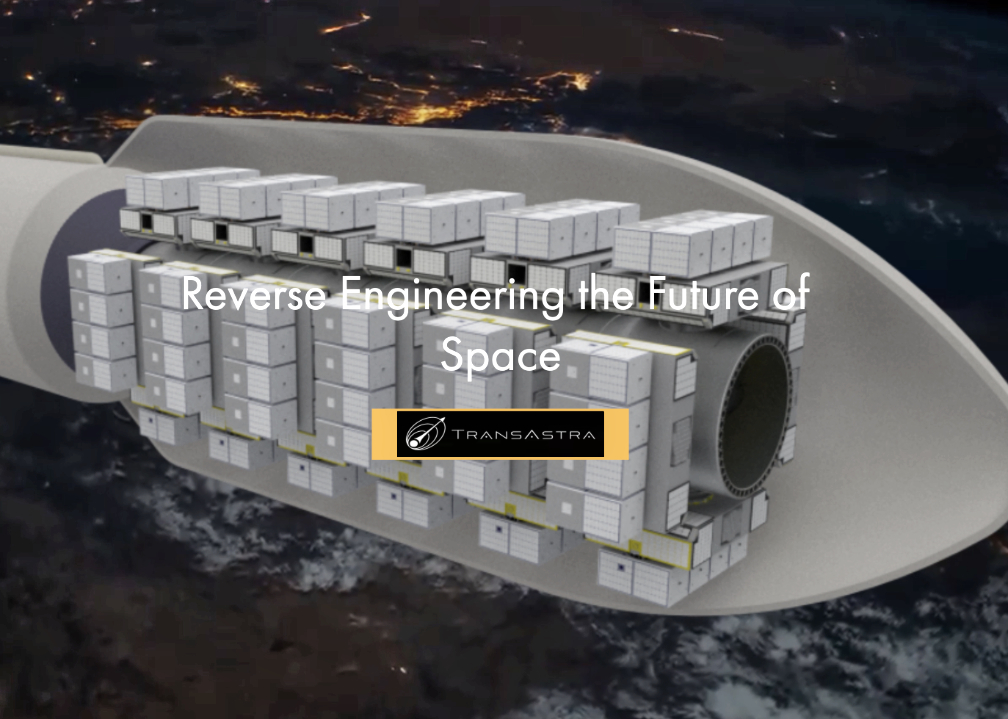

 orbital transfer vehicles to deliver ReOrbit s customer satellites to LEO, MEO, GEO and Cislunar orbits. In addition, ReOrbit will provide development options under which ReOrbit generates cost, feasibility and integration considerations to complete the production and testing of Worker Bee.
orbital transfer vehicles to deliver ReOrbit s customer satellites to LEO, MEO, GEO and Cislunar orbits. In addition, ReOrbit will provide development options under which ReOrbit generates cost, feasibility and integration considerations to complete the production and testing of Worker Bee.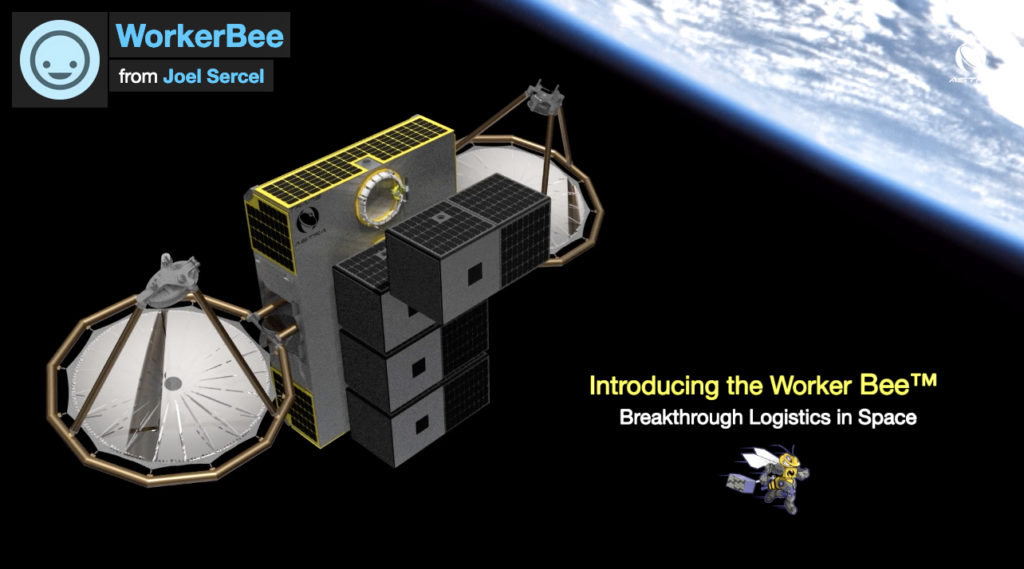
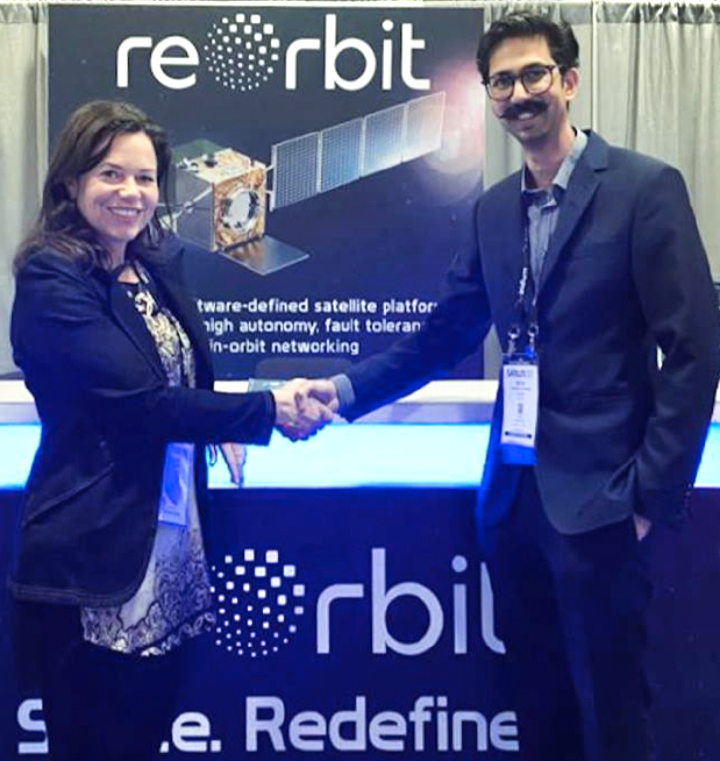

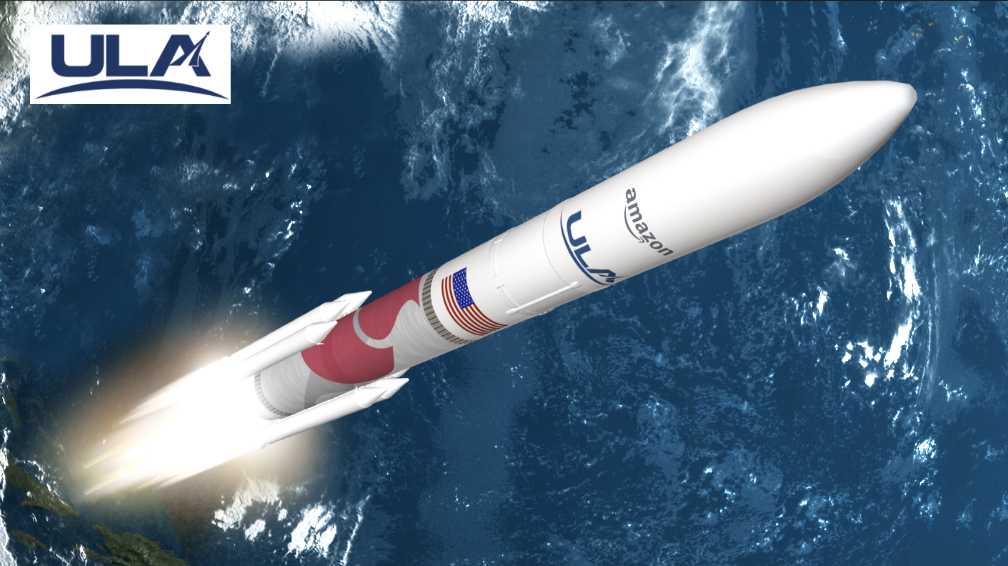

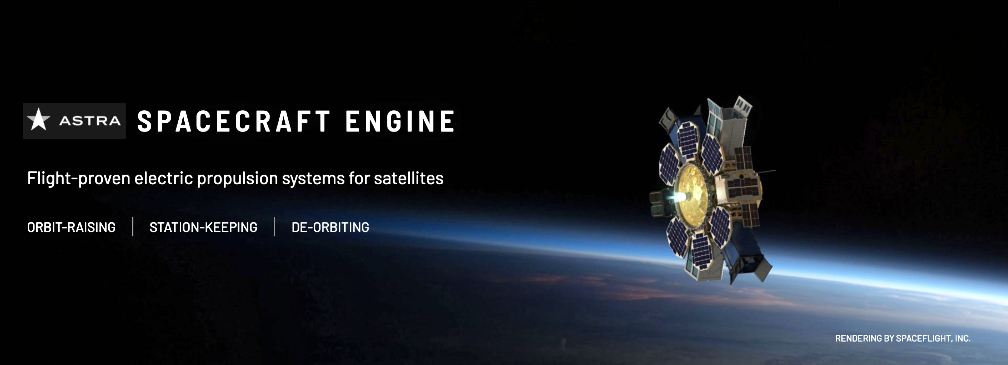
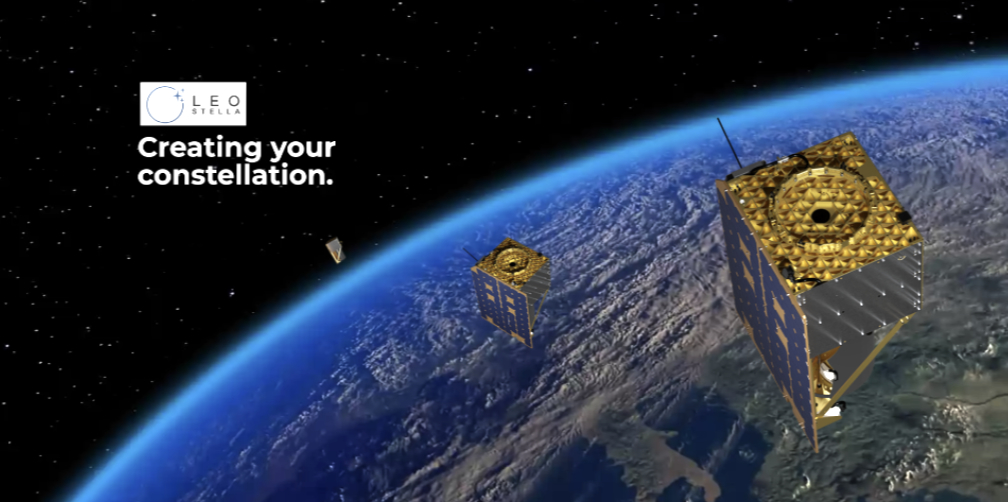
 , a unique Orbital Transfer Vehicle (OTV).
, a unique Orbital Transfer Vehicle (OTV). 